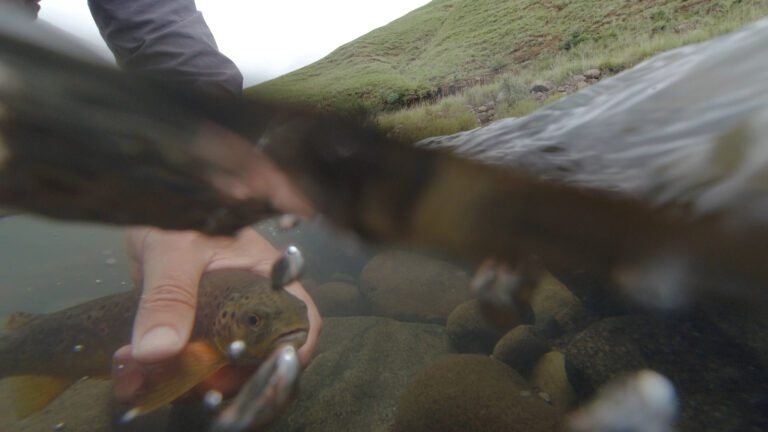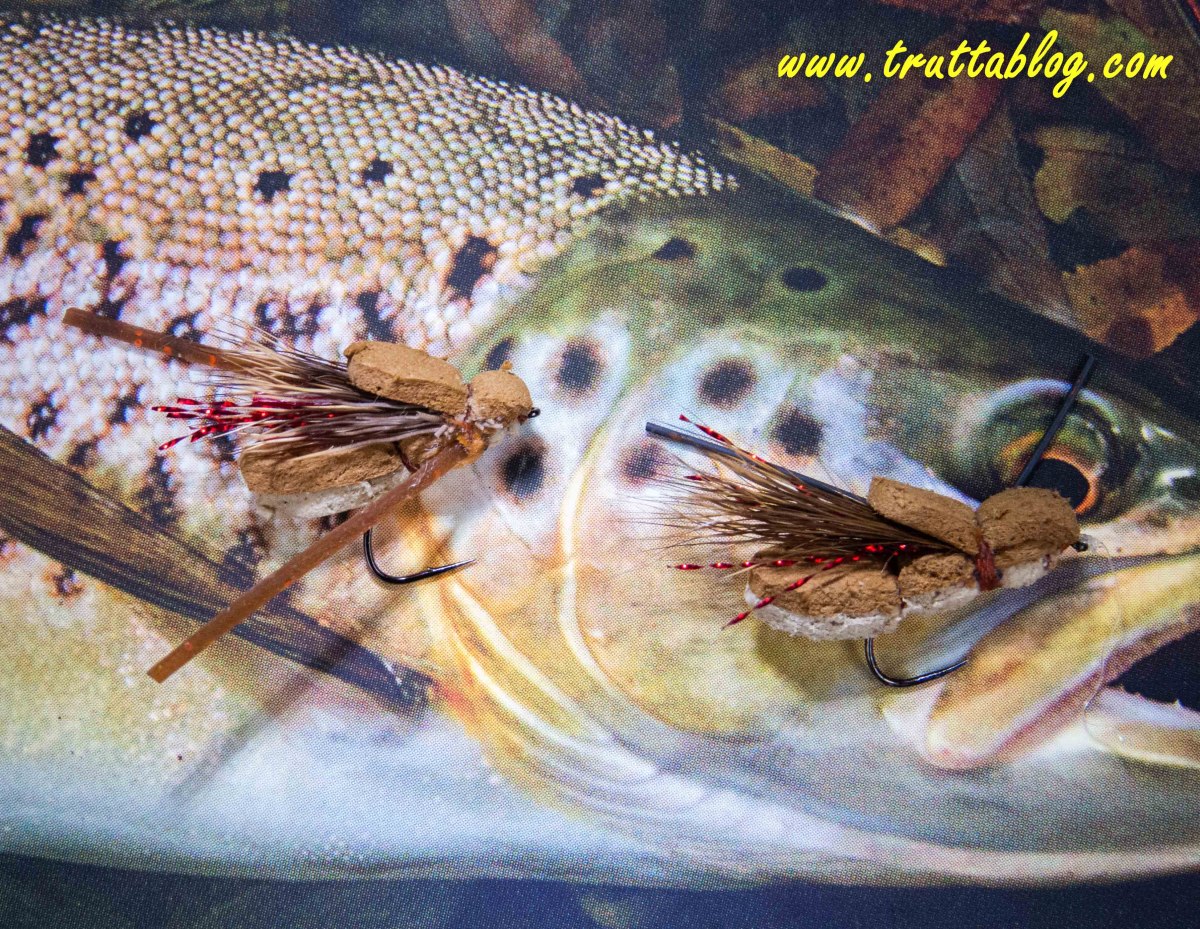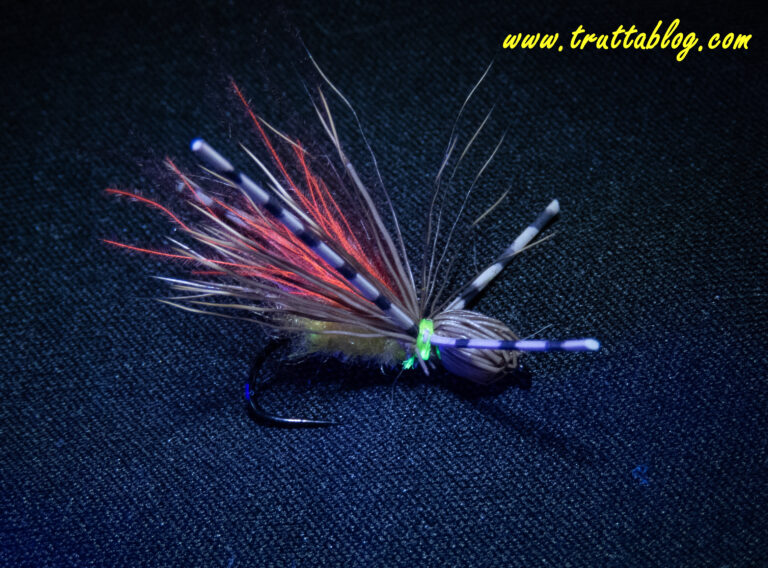Home » hopper

Zamalek and Butter Beans
The nuances of fishing a dry fly in fast water, and strange breakfasts.
Photo of the moment (112)
I gave this young fellow a lift the other day as I drove up the river valley.
The Duckfly Hog Hopper
I discovered this pattern just recently in an excellent video by Davie McPhail. You tube video by Davie McPhail I liked it instantly. It ticks a lot of boxes for me. It is light and springy. It could be one of several things: A cranefly, a small hopper, a half hatched cripple, a hatching midge, and just about anything else your imagination can muster. Exactly what you want in a searching pattern. The one in the video is on a #12. That is rather big for me, unless it is the hopper you have chosen from the list above, so
Close encounters with Trout
Several years ago I was lucky enough to join a Kombi load of fly-fishermen, and travel down to the unlikely destination of Somerset East in the Cape to get some trout. On that trip, Maurice Broughton and I were assigned a beat on the tiny Naude’s river, and with our guide, we had an enjoyable morning hunting trout in the better pools. At lunchtime we found a lovely willow tree growing in a patch of lush grass beside a pool in the stream. We settled down to some sandwiches, and if memory serves, a chilled bottle of wine! While we

